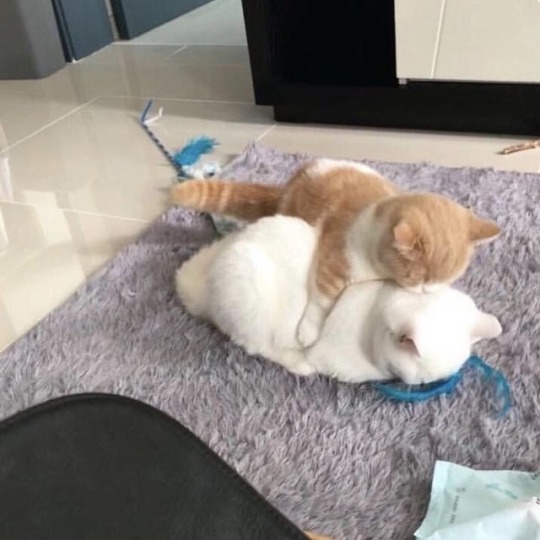Text

What is going on with the world??
197K notes
·
View notes
Text
i honestly believe human beings are not meant to live like this. we are meant to live in loving communities and be around nature every day and grow our own food and create art and not work day and night until we die. this longing for another life is not human nature, it’s a symptom of modern society.
273K notes
·
View notes
Photo






The Farm is fulfilling Cheryl in ways you can’t even begin to imagine. I find that hard to believe.
5K notes
·
View notes
Photo

May the 10 of Pentacles bless your account with more money than you can spend. 💵✨
879K notes
·
View notes
Photo








Female Awesome Meme: [1/3] mother characters – Lydia Riera (One Day at a Time)
“You don’t have to be a super woman. There can only be one such woman in a family, and that is me.”
371 notes
·
View notes
Photo
Was stunned to see so many people donating to a building but can't take the time to help their neighbors nor friends. All the money Notre Dame donated to the building they could've funded so many tuitions and programs.

Point blank period
97K notes
·
View notes
Text
Wlw couples on telenovelas are making me learn Spanish faster than anything else
286 notes
·
View notes
Text


“She sits at a table and wants to make sure everyone has access to it”

Bonus:


THEY ARE FLIRTING YOUR HONOR
19K notes
·
View notes
Text
eve when briefing her team about villanelle:

8K notes
·
View notes
Text
It is international language week at my school. This morning a girl who is fluent recited the Pledge of Allegiance in Arabic. Everyone freaked out. Some people loved it, but more hated it. Saying that the pledge should only be spoken in English because “this is America not the Middle East” and now our principal just announced that we are no longer allowed to recite the Pledge of Allegiance in anything besides English at our high school. In the hallway I passed the girl who spoke the pledge. She was sobbing. This is to anyone who says that America is a post-racism world. Reblog the shit out of this. Get this known
44K notes
·
View notes
Text

Did you know that modern C sections were invented by African women— centuries before they were standard elsewhere?
Midwives and surgeons living around Lake Tanganyika and Lake Victoria perfected the procedure hundreds of years ago. When a baby couldn’t be delivered vaginally, these healers sedated the laboring mother using large amounts of banana wine. They tied the mother to the bed for safety, sterilized a knife using heat, and made the incision, acting quickly as a team to prevent excessive blood loss or the accidental cutting of other organs. The combination of sterile, sharp equipment and sedation made the procedure surprisingly calm and comfortable for the mother.
After the baby was delivered, antiseptic tinctures and salves were used to clean the area and stitches were applied. Women rarely developed infections, shock, or excessive blood loss after a cesarean section and the most common problem reported was that it took longer for the mother’s milk to come in (an issue that was solved with friends and relatives who would nurse the baby instead).
In Uganda, C sections were normally performed by a team of male healers, but in Tanzania and DRC, they were typically done by female midwives.
The majority of women and babies survived this, and when questioned about it by European colonists in the mid-1800s, many people in Uganda and Tanzania indicated that the procedure had been performed routinely since time immemorial.
This was at a time when Europeans had only barely started to figure out that they should wash their hands before performing surgery, when nearly half of European and US women died in childbirth, and when nearly 100% of European women died if a C section was performed.
Detailed explanations of Ugandan C-sections were published globally in scholarly journals by the 1880s and helped the rest of the world learn how to save mothers and babies with minimal complications.
So if you’re one of the people who wouldn’t be alive today without a C-section, you have Ugandan surgeons and Tanzanian and Congolese midwives to thank for their contributions to medical science.
115K notes
·
View notes

















